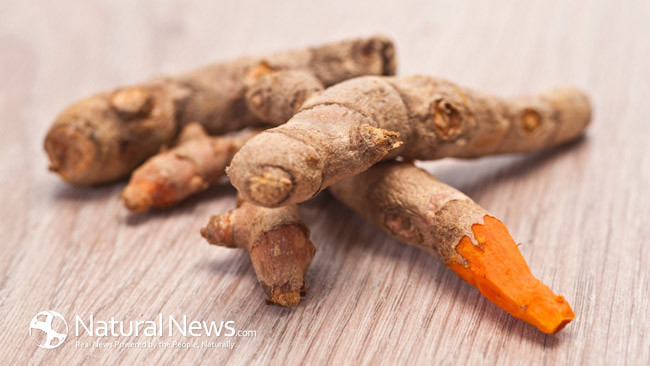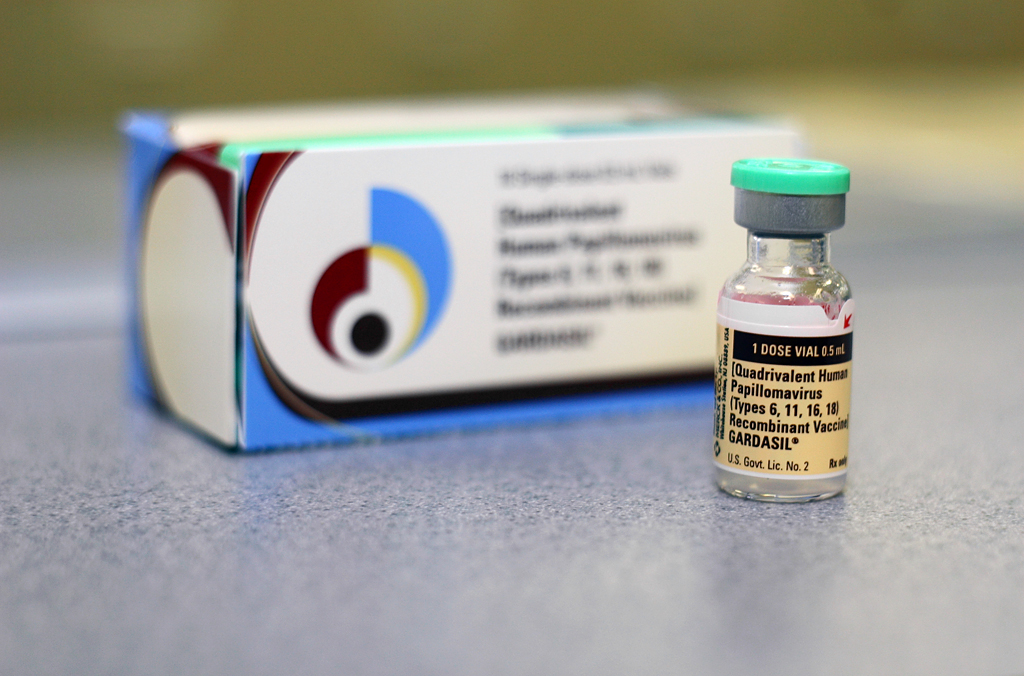Just as we’ve been warning: Turmeric from Bangladesh sometimes contains lead-laced chemical compounds, study finds
09/30/2020 / By Michael Alexander

Turmeric is a prized spice and herbal remedy, but getting it from less reputable sources may expose you to high levels of lead, says a recent study from Stanford University. In their report, published in the journal Environmental Research, researchers found that some spice processors in Bangladesh use a toxic pigment to amplify the spice’s bright yellow color — all in a bid to make it more attractive to potential buyers.
“People are unknowingly consuming something that could cause major health issues,” explained Jenna Forsyth, a postdoctoral scholar at Stanford’s Woods Institute for the Environment and lead author of the study. “We know adulterated turmeric is a source of lead exposure, and we have to do something about it.”
The team investigated why women and children in rural Bangladesh have elevated levels of lead in their blood.
“We looked at potential exposures — paint and used lead-acid battery recycling — but people don’t use paint in that region or recycle batteries,” Forsyth said, adding that the traces of lead and chromium they encountered were simply too high to seem like natural contamination in soil.
Because of this, the research team began to look at adulteration of food as a possible angle, with the team interviewing farmers and spice merchants in Bangladesh districts where turmeric is produced.
Aside from conducting interviews, the researchers also collected samples of turmeric – as well as pigments, dust and soil – from both wholesale and retail markets.
Mahbubur Rahman, one of Forsyth’s local collaborators in the country, noted that the investigation they conducted regarding lead in the rural communities was challenging.
According to Rahman, a project coordinator at the International Centre for Diarrheal Disease Research in Bangladesh (ICDDR), it took time for the study’s local team to build a relationship with the workers who process turmeric roots, noting that the latter was afraid of the potential for a regulatory response if they admitted to adulterating the spice.
What they found was that after the turmeric is harvested, they are immediately subjected to adulteration, with processors adding lead chromate — a toxic, industrial pigment — into the machine that removes the skins from turmeric roots.
This, the researchers learned, has two purposes: Lead chromate makes removing the skin from the turmeric roots much easier. The second reason is that it gives the skinless root a brighter, more appealing color.
As noted in the Stanford study, this practice of artificially dyeing turmeric roots can be traced back to the 1980s, when a massive flood left the country’s turmeric harvest damp, dull and unappealing. This, coupled with the unabated clamor and demand for bright yellow turmeric, forced proprietors to turn to lead chromate in order to brighten their crops.
A deadly heavy metal and neurotoxin, lead has been linked to several deadly diseases, including those affecting the heart and brain.
“Unlike other metals, there is no safe consumption limit for lead, it’s a neurotoxin in its totality,” Stephen Luby, a professor of medicine and the director of research for Stanford’s Center for Innovation in Global Health, said.
Young children, according to experts, are particularly vulnerable to the toxic effects of lead, with multiple studies noting that they can suffer profound and permanent damage to their brains and nervous systems once they get exposed to it. (Related: Beijing selling tainted, heavy metal-laced fish to Kenya – report)
In addition, lead also causes long-term harm in adults, such as an increased risk of high blood pressure and kidney damage. It also increases the risk of miscarriage in pregnant women and can even pass from the mother’s blood to her fetus, which could then cause a multitude of health problems and developmental issues in the child.
According to the research team, their study eventually persuaded Bangladeshi authorities to enact policies designed to quell the practice of adulteration, with the Bangladesh government issuing a public notice in the print newspapers, warning they would take action against producers and merchants who would continue to adulterate turmeric with lead chromate.
Sources include:
Tagged Under: chemicals, food adulteration, food safety, Herbs, Lead, lead chromate, lead exposure, Neurotoxin, poison, research, toxic ingredients, turmeric
RECENT NEWS & ARTICLES
COPYRIGHT © 2017 TOXINS NEWS



















